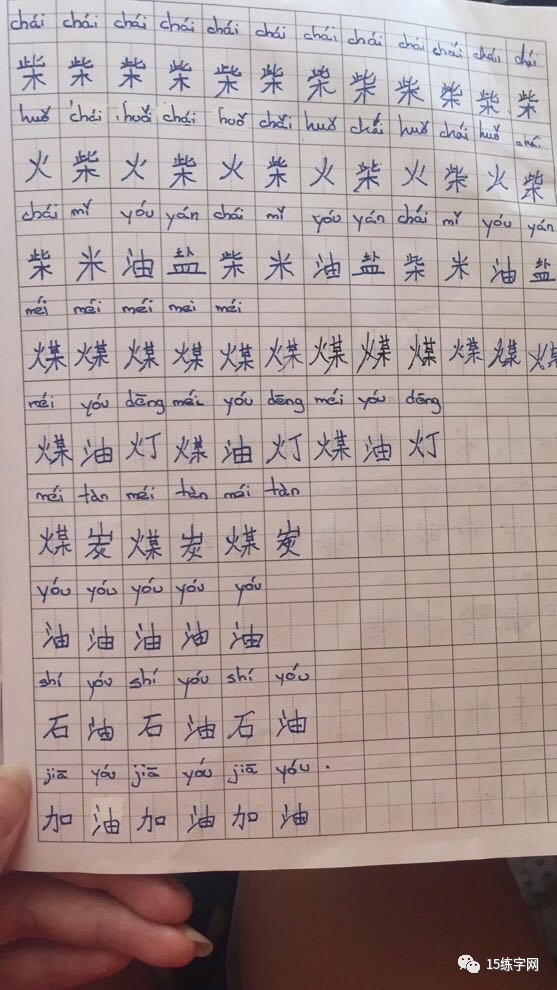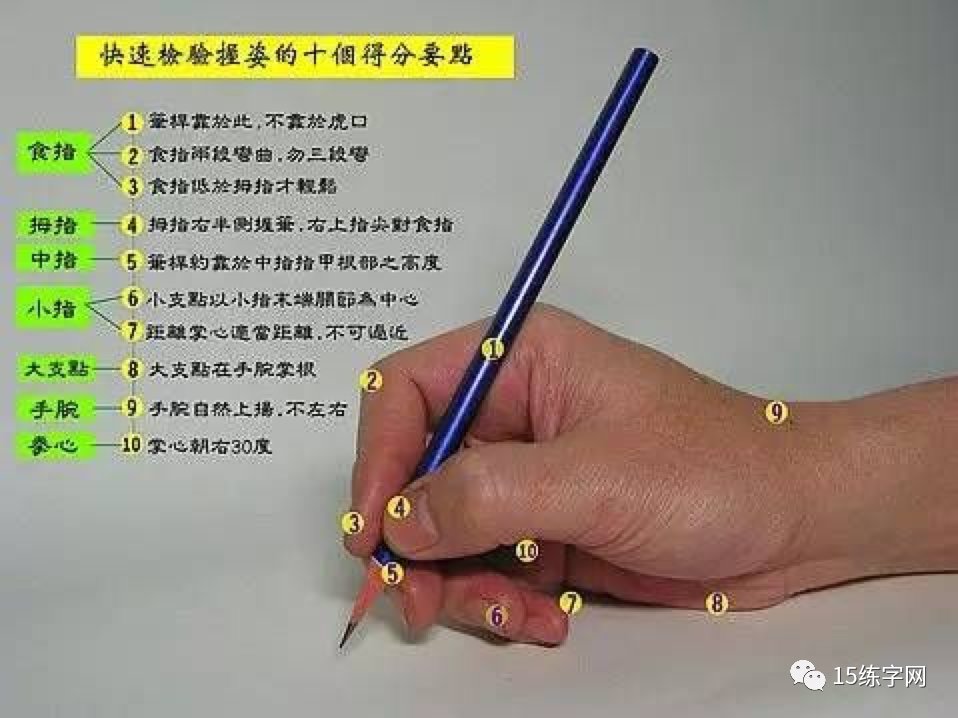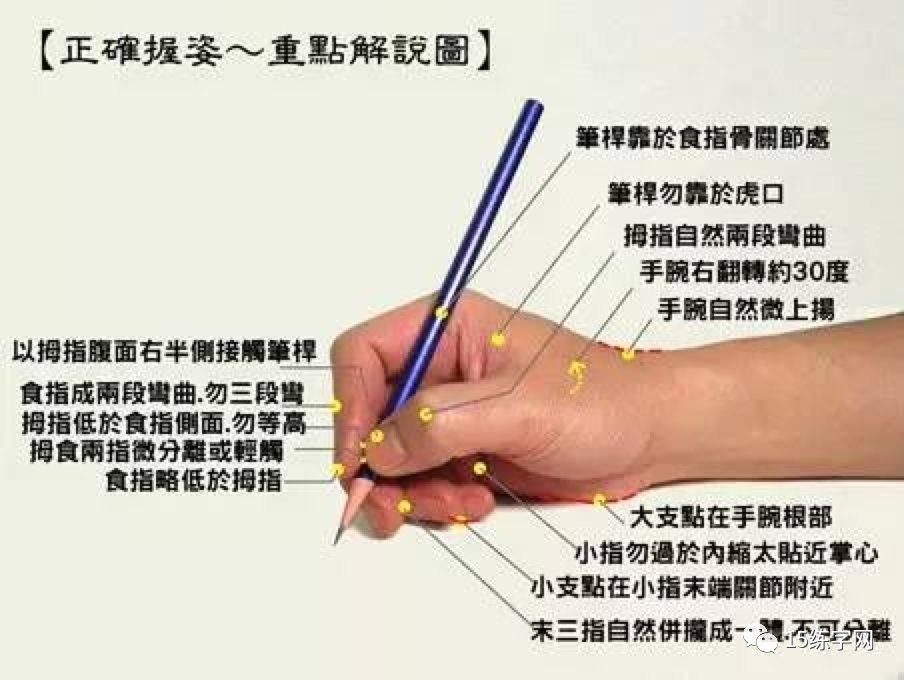Xiao Mo would like to send you a piece of useful information before the Double Festival. At the same time, I wish my family and friends at home and abroad a happy holiday! After all, we only have one home, so we must be happy and healthy no matter where we are!
How to practice calligraphy every day based on the theme? Xiaomo will analyze it in detail for everyone
1. Some preparations you should make before practicing calligraphy
1. Be mentally prepared.
What are you mentally prepared for?
In fact, it is much more important than picking up a real tool such as a pen.
Because thoughts determine actions.
Before practicing calligraphy, ask yourself, what is your motivation for practicing calligraphy?
Your purpose of practicing calligraphy is different, and the path you need to take is completely different!
In fact, many adults just want their daily writing to look better, that's all. Then some "masters" will teach you that you should practice ancient calligraphy, that modern calligraphy is rubbish, that you should find a teacher, that you should practice calligraphy, that you should start with seal script, etc.!
It sounds reasonable and professional to you, but in the end did you get twice the result with half the effort?
The purposes of calligraphy training are generally divided into the following categories:
(1) Daily writing looks better.
(2) Study calligraphy systematically.
(3) Self-cultivation and personal hobbies.
2. Understand the essence of calligraphy practice.
The reason why I need to practice calligraphy is, to put it bluntly, because my handwriting is ugly or not satisfactory enough, and I hope to write better.
When we write every word, we have an inherent habit. This habit makes the words you write the way you see it. No matter how many times you write it, it is your handwriting.
If you want to practice calligraphy well, you must break this inherent habit and form new and more reasonable writing habits - this is the essence of calligraphy practice.
The key is to "change" your original habits.
Many people cannot practice calligraphy because they do not have this basic awareness. He never thought at all that the core of calligraphy practice is "change".
The so-called habit has a very strong inertia and does not require thinking. We will do it naturally. Therefore, if you don’t think about how the word should be written when you write, you will inevitably write according to the old pattern. The final result is that you have not changed and failed to practice calligraphy.
Obviously, it’s not enough to practice calligraphy with just hands and no brain.
3. Have the confidence to practice calligraphy well.
Everyone can practice calligraphy well.
As long as your mind is normal, everyone can practice calligraphy well.
Many people have a kind of "awe" towards practicing calligraphy. When they were young, they went to school in the same way. Even if they didn't practice calligraphy, some people would praise them for their clean and graceful writing, while others would write in a messy way and everyone would shout at them. ugly.
Therefore, everyone instinctively believes that good handwriting and bad handwriting are innate.
Actually no, it took less than a year for me to practice calligraphy from the worst in the class to the best. A fool can do this, so why can't you?
Think about it, is your handwriting now very different from when you first learned to write? Since it can be changed, why can't it be changed for the better?
So please have faith: you will definitely be able to practice well!
There are only two reasons for not being able to practice calligraphy well: either the method is wrong or you can't persist, which has nothing to do with talent.
4. Difficulties you may encounter when practicing calligraphy.
I just said you need to be confident, but that doesn’t mean you won’t encounter difficulties. You need to be mentally prepared.
The basic method of practicing calligraphy is to practice calligraphy;
In the process of copywriting, you will find that if you practice according to the copybook, no matter how you write at the beginning, your writing will not be the same, and because there is a copybook as a reference object, the words you are not satisfied with will become uglier! Produces a deep sense of frustration. It makes you want to put away the paper and throw away the pen.
This is the easiest time to give up. You just need to tell yourself that you can just hold on a little longer. You know, everyone who writes good words in your eyes has gone through this process.
5. How should you persist in practicing calligraphy?
This varies from person to person, and there must be many people who cannot persist, because there are many factors that determine whether you can persist, such as:
(1) Talent. Some people are born to sit down and practice calligraphy. It is very comfortable for them. There is no need for any other reason to persist because they like it. And some people are just the opposite.
(2) Feedback. If you practice calligraphy in the right way and you are diligent, you will be able to see the results quickly, and of course you will be able to persist for a longer time. On the contrary, if you practice for several months without making any progress, it will be unusual for you to persist.
(3) Environment. Some lives are less stressful and don't have too many things to worry about, while others are full of trivial matters and the difficulty of persevering is completely different.
(4) Power. That is the first question, what is your purpose of practicing calligraphy, is it strong? The stronger the motivation, the longer you can persist.
2. What paper do you use to practice calligraphy?
This item is not the focus, let’s talk about it briefly here.
Paper specially used for calligraphy practice, common ones include field grid, rice grid, palace grid, vertical line grid, horizontal line grid, blank grid, etc. Each has its own characteristics, just use it if you think it is useful. Okay, don’t worry, just try them all and it only costs a few dozen dollars. In the end, you can use whichever one you think is better.
2. What kind of pen should I use to practice calligraphy?
Xiaomo recommends gel pens here. I won’t go into details about other pens because we are still based on daily writing. Let’s talk about the advantages of gel pens, which are also water pens:
(1) Stable.
As long as you are accustomed to a certain pen of a certain brand, no matter how many pens you try, the writing experience will be the same, which is much more stable than a fountain pen.
(2) Convenience. You can take it with you wherever you go, and you don’t have to worry about ink leakage or loss. At worst, you can replace it with one or two, and now you won’t feel bad for just one or two yuan.
(3) Writing is comfortable. Gel pens rarely have clogging, ink smearing, or paper scratches.
(4) Cheap. Not much to say, it’s there for all to see.
Calligraphy practice is mainly for daily writing, so I recommend 0.7mm gel pens. Many other models are not suitable. 

4. What copybook should I choose for practicing calligraphy?
First of all, choosing a copybook is not a big deal. Don't hesitate and hesitate as if one copybook is destined for life.
First, look at your own foundation.
For example, if you write like this:


I would suggest you learn regular script first, because your character frame structure is very poor and needs to be standardized. You can choose the copybook you like, such as Teacher Tian Yingzhang’s copybook, or Xiaomo’s electronic copybook for grades 1 to 6, which can be used to practice calligraphy.
How about practicing calligraphy with grooved copybooks?
Any calligrapher here will not recommend fluted copybooks to you, and none of them can practice calligraphy according to the standards of fluted copybooks.
Because there is no feedback at all when using this thing. At least you can see what you will look like after tracing. This is not good, it will not leave traces. Unless you stare at him while writing, you can't test whether your child has practiced it. Yes, how many times have you practiced?
The final conclusion is still not to use it.
5. Writing posture and sitting posture. Although this is basic, Xiao Mo thinks it is very important.
(1) Correct writing posture.


(2) Correct sitting posture


The picture above is basically a standard sitting position.
What I think are the most important points:
1) Be upright.
Body uprightness includes the uprightness of the chest and abdomen, as well as the uprightness of the neck and head. Sit there with your whole body and keep your sight facing the paper you are writing on (you can tilt it slightly to the right, but not at an angle). This will help you to observe whether your handwriting is correct when practicing calligraphy.
Many people have the habit of writing with their heads tilted. This is because firstly, their eyesight is not straight, secondly, their sitting posture is not beautiful, and thirdly, they have bad habits. Over time, it will easily turn into a crooked neck.
In short, sitting upright is the first element. You should pay attention to this every time you sit at the table to practice calligraphy.
2) Far away.
If you don’t have eye disease and you really can’t see clearly, then don’t put your head to the paper to write. Especially when you are still young, do not develop this habit.
In addition to being extremely easy to cause myopia, the visual field is too small and it is difficult to grasp the glyph structure. (In calligraphy, many people advocate standing with elbows hanging, which has a lot to do with the field of vision)
3) Relax.
The "arms open" and "feet flat" mentioned in the picture are basically no problem as long as you relax. If you are sitting very stiffly, with your arms clamped tightly, and your muscles all over your body are tense, you will not be able to write well even if your posture is exactly the same as in the picture.
Scan the QR code on WeChat to follow us. We will continue to update tomorrow: How should you practice calligraphy every day? (Part 2)










